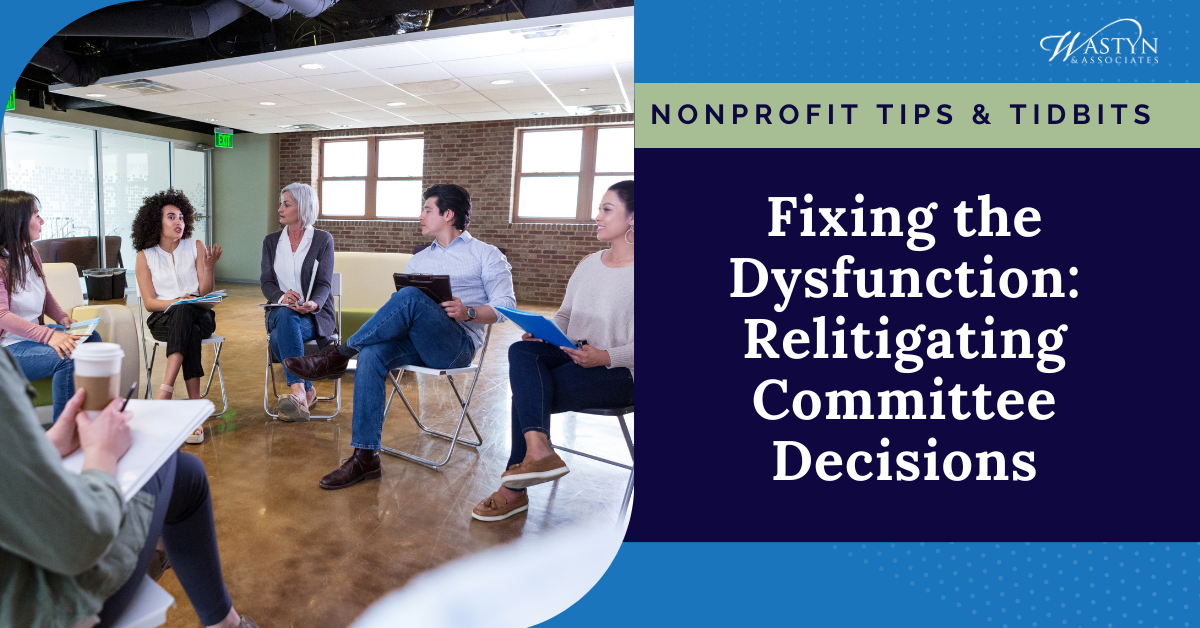Part II: Recruiting Donors and Volunteers: What We Can Learn from Politics
Part II: Securing a Commitment
Part I of this series talked about my experience listening to a local volunteer organizer for a presidential candidate recruit two high school students to caucus and volunteer for this candidate. In Iowa, we do more than “get out the vote.” Caucusing involves going to a local community site in the middle of winter (and usually on the coldest, snowiest, and iciest night!) and spending the next 3-4 hours engaged in political dialogue to encourage others to support your candidate. This much more involved process requires much better organization and a higher engagement of voters than a typical primary does.
But I digress. Listening to this young man manage the conversation with three young women reminded me of lessons that any fundraiser or nonprofit professional can use when talking to a prospective donor or volunteer to encourage them to make a commitment to your organization.
1. Start by building rapport.
This young man – I’ll call him Joe – introduced himself to the young ladies and listened as they introduced themselves to him. He also told his story of how he got involved with this campaign. As a peer – each was 18 or 19 years old – he could relate to them and they to him.
2. Tell your story.
As part of building rapport and throughout his conversation with them, he continued to interject his story, making what he asked of them seem less onerous. He had already committed to do what he had asked of them – and more – which serves as a very persuasive technique for engaging others’ commitment.
3. Ask questions.
While he talked about his candidate, Joe also asked open ended questions to draw them out. Rather than “preaching” or teaching, he listened. He asked questions like, “What do you want in a president?” “What do you know about this candidate?” “What do you like about this candidate?” This had two effects. First, it got them talking and engaged in the conversation instead of passive bystanders – a key indicator of future engagement. Second, as he learned more about them, he could target his messages to meet their needs and values. Why talk about a particular value of this candidate if they did not find that value important? When you ask questions, you learn how to best engage them in your mission by finding their passion points.
4. Seek commitment in small steps.
He had a series of simple asks for them. As they committed to each, he raised the bar, slightly. First, would they commit to pledge their support to this candidate? Yes. Second, would they caucus for this candidate? Yes. Third, would they attend a debate watch party that night organized by this candidate to get to know other volunteers? Maybe. Notice the engagement got greater with each ask. At one point, they talked about canvassing (e.g., knocking on doors) – a much greater commitment and “scarier” proposition. He stopped them and told them they would not canvas at this point. He wanted to engage them with these more innocuous activities first to get them more excited about the candidate and about helping this candidate win. Once you commit to smaller steps, it becomes harder to reject deeper involvement because you have already invested. How can you ask your donors or volunteers to take that simple first step to engaging with your organization?
5. Make a specific ask.
Each ask came with specific instructions of what it meant. “We have a watch party tonight at 7. Will you come?” “Pledging your support to this candidate means…”. If you ask for something general like “will you support this candidate,” it means a lot of different things to different people. I support this candidate but have not pledged my support as a caucuser (mostly because I live in Illinois and cannot!), did not attend the watch party, or engage my peers. Had he asked for their “support,” they may have all left feeling like they achieved their goal but had very different goals. Ask for what you want/need and you may get it.
6. Engage their action as soon as possible after the commitment.
The watch party happened to occur that evening. But they also talked about an update meeting occurring a week or so later; everyone checked their calendar for availability. When they agreed to engage their friends, he showed them the computer system where they could track who they talked to and explained the importance of that step in the process. At one point, Joe asked for the names of people at a particular school who could help recruit their peers and asked her then and there to text her friends to get their support. When recruiting volunteers, don’t wait months for their first assignment. Get volunteer orientation on their calendars at that meeting; invite them to volunteer that week. For donors, have a pledge card handy to capture that commitment.
7. Close with a next step.
I admit, I had to leave before they did so I don’t know how the meeting ended, but based on what came before, they had committed to helping. Make sure that the person(s) with whom you meet know what you want them to do next. If you don’t know, set a timeframe when you will follow up. And follow up!
Remember, this conversation occurred between 18 and 19-year olds with no formal training in volunteer recruitment (other than, perhaps, what the campaign provided). The steps Joe followed engaged two more young ladies for this candidate and likely hundreds more in meetings like this that he has across the state. In addition to providing a primer in how to recruit volunteers, this chance encounter gave me much more hope for our future and the quality of young people entering adulthood.











